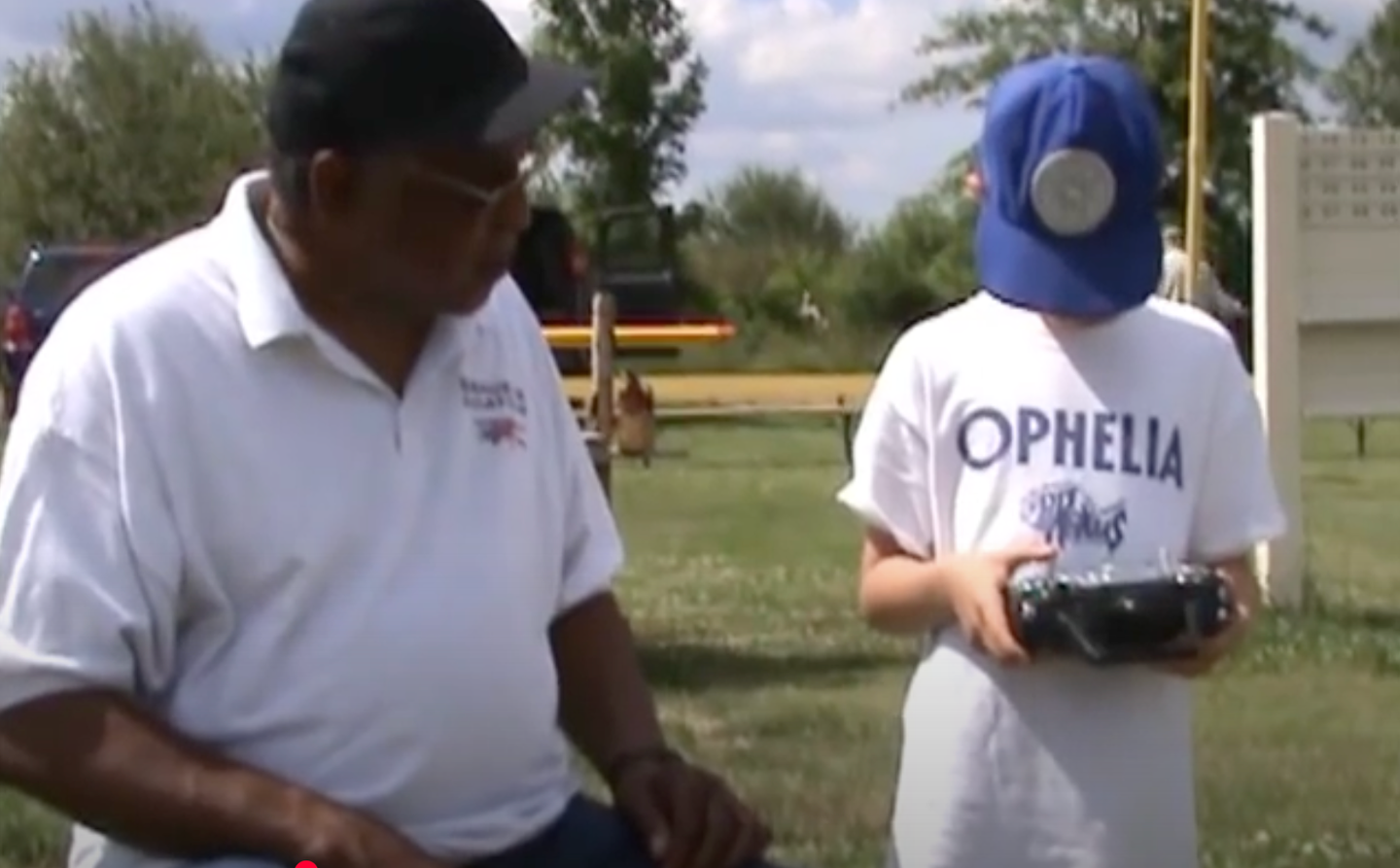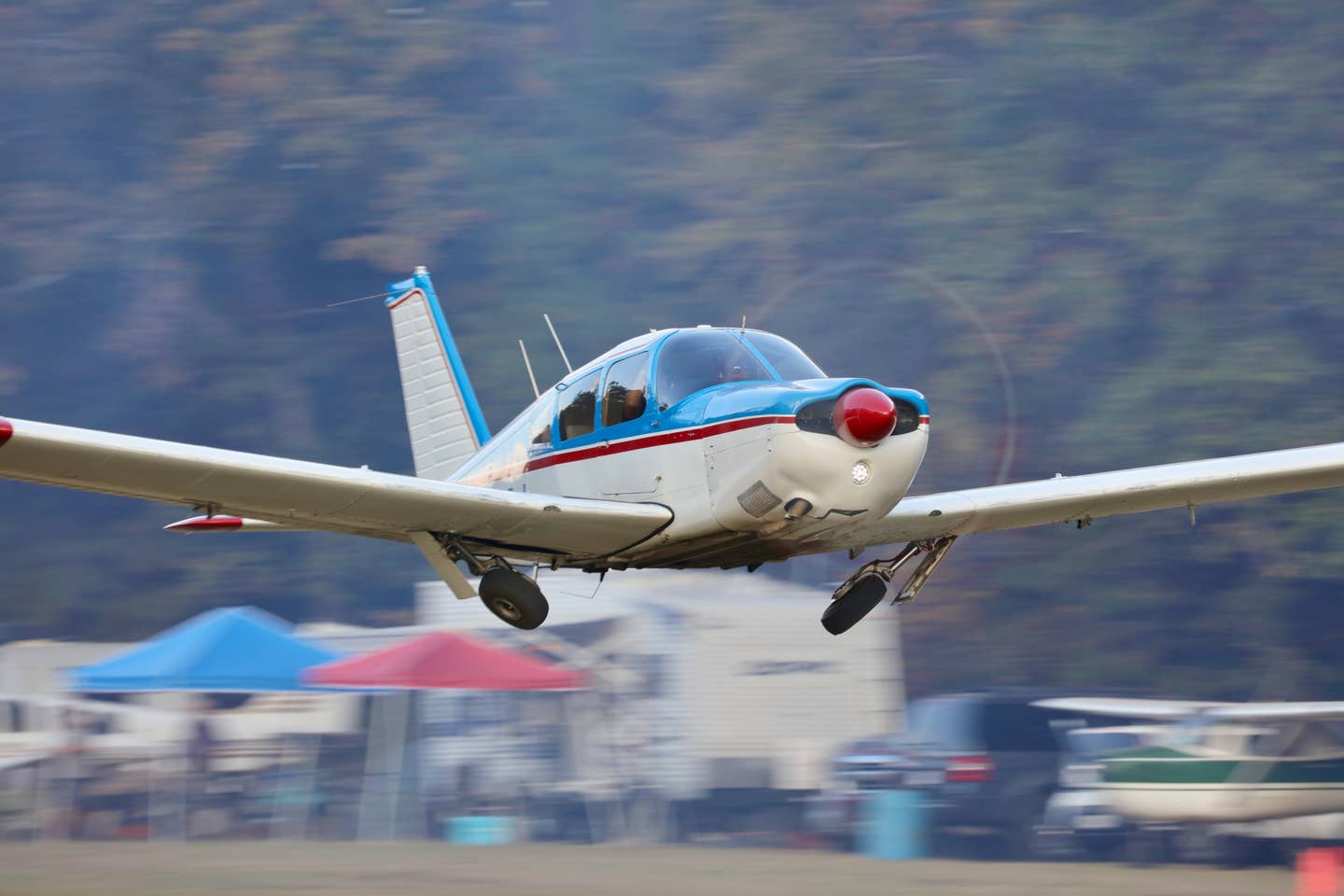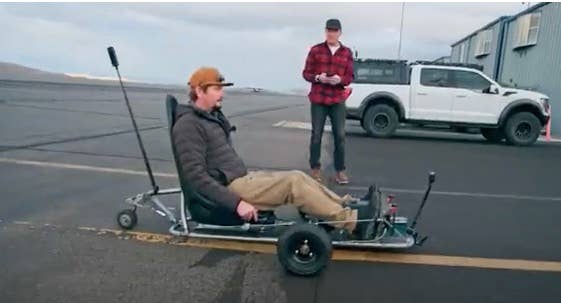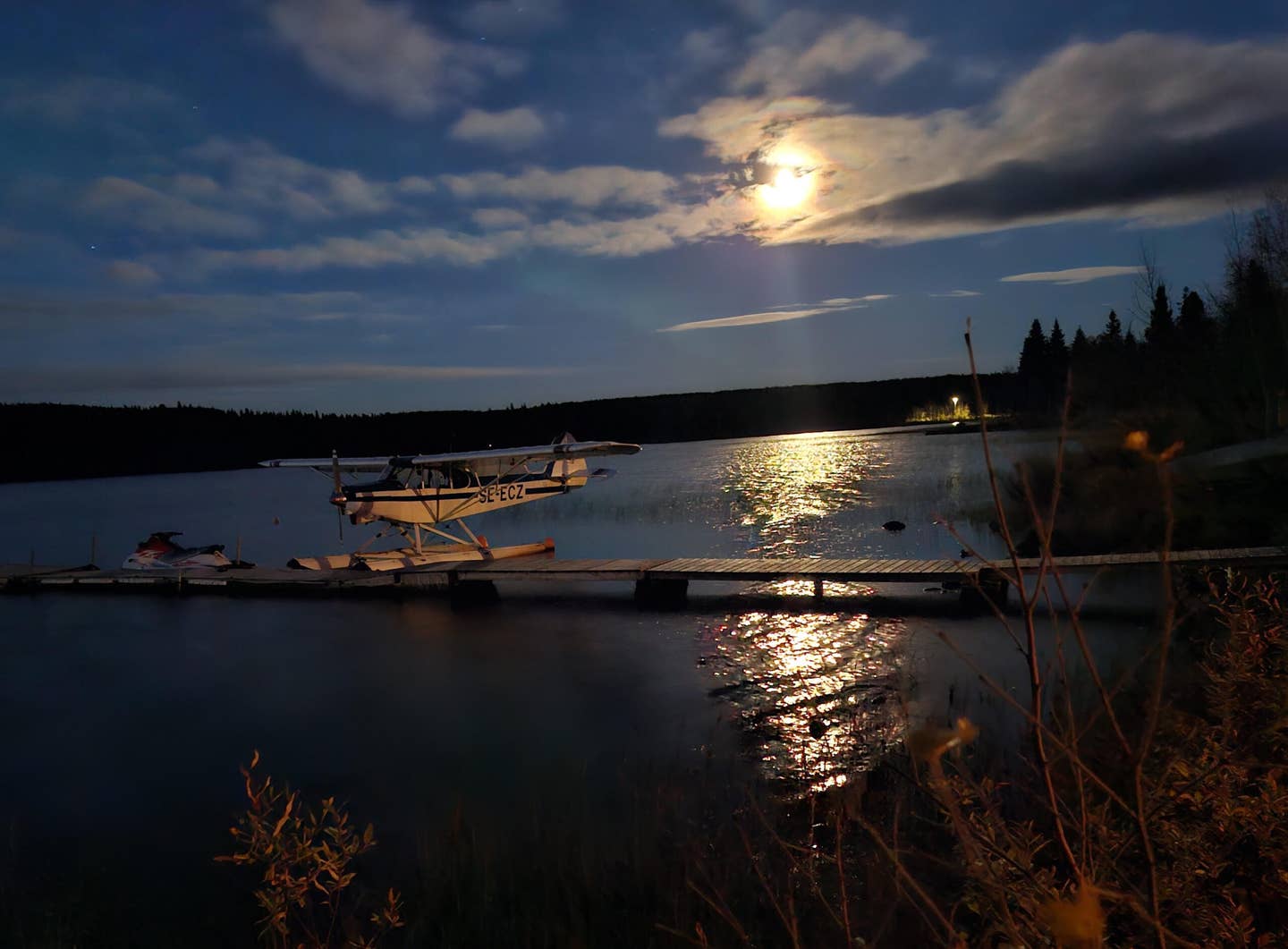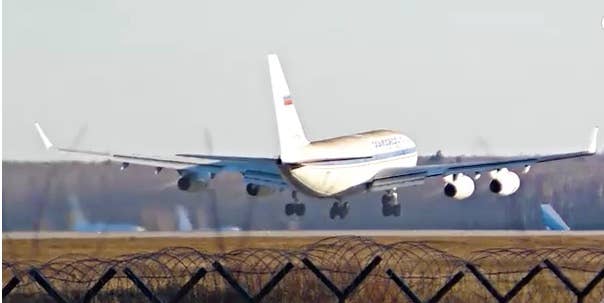Best of the Web: How to Land an Otter Really, Really Short
This week’s Best of the Web video comes from Eli van W and is a nicely shot piece on an airline Twin Otter being landed and taken off from a 1300-foot runway on the island of Saba. Nice study in energy managment.
This week's Best of the Web video comes from Eli van W and is a nicely shot piece on an airline Twin Otter being landed and taken off from a 1300-foot runway on the island of Saba. For orientation, Saba is in the Dutch Antilles in same archipelago as Sint Maarten and St. Kitts and Nevis, just off the northern coast of Venezuela. Yrausquin Airport has been open since 1963 and, improbably, has had airline service for many years since then.
The aircraft in the video is a De Havilland DHC-6-300 Twin Otter flown by Windward Islands Airways. Look carefully in the video and you'll note a strong quartering crosswind from the left—the windsock is on the hill left of the runway and note the flags on the terminal building. The wind certainly helps with the rollout, but the real driver is pilot technique. The trick is to be on speed—even with the crosswind—and touch down as close to the numbers as possible. The Otter has Beta range and that helps the pilot make the first turnoff. Well, the only turnoff. The next one is a wild ride over a 200-foot cliff into the ocean.
That may have happened, but not with an Otter. But a Dornier DO.28 A-1 lost control in a crosswind totaling the airplane. The only fatality was a goat. For a hilarious take on what not to fly into Saba, check out Swiss001's graphics-fueled take on landing a 777 on 1300-foot Yrausquin Airport.


